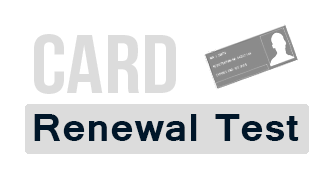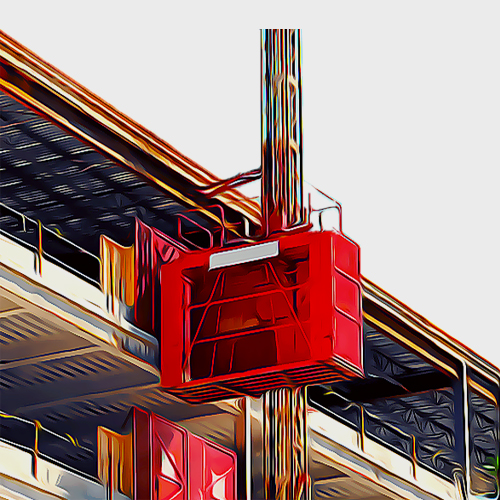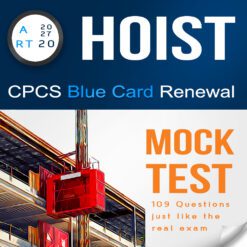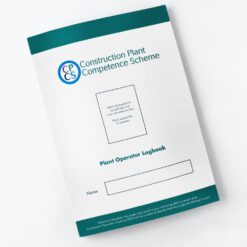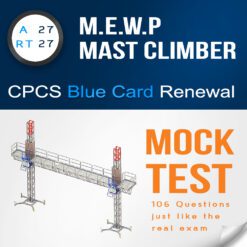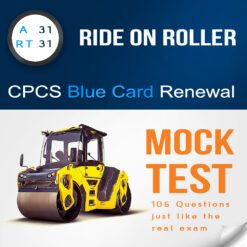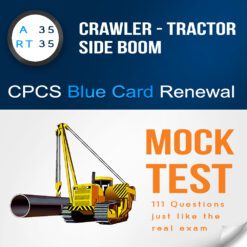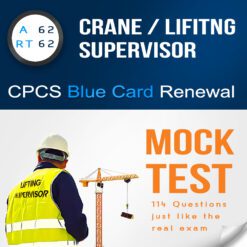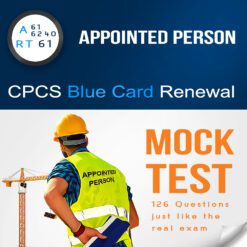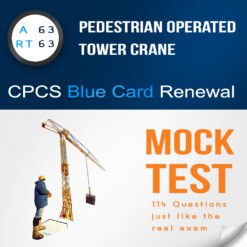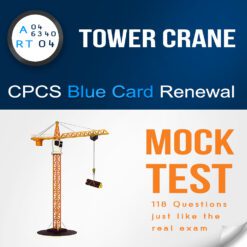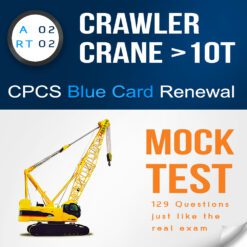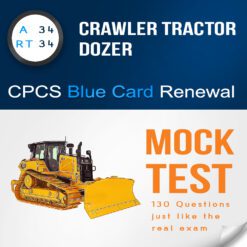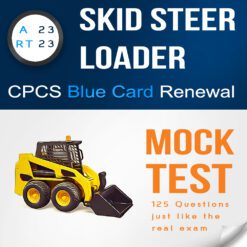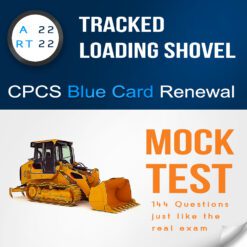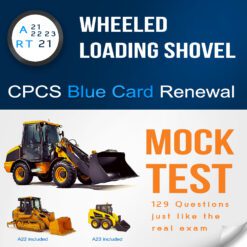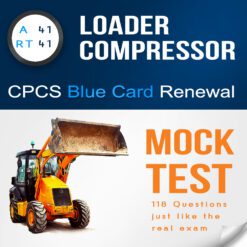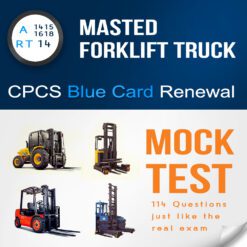1. What checks should be carried out before work starts on a hoist?
- The emergency lowering system
- The landing gates’ electric interlock system
- Sealing off the area beneath the platform or cage
- All are correct
Correct Answer: d. All are correct
2. What is the primary purpose of goods-only hoists?
- Specifically designed and approved for goods transportation
- To carry a combination of goods and persons
- To transport personnel only
- To transport goods and persons simultaneously
Correct Answer: a. Specifically designed and approved for goods transportation
3. Why might familiarisation training differ from basic training?
- Basic training covers all hoist types and models.
- Familiarisation training is not necessary.
- Specific requirements may differ for each hoist type or model.
- Familiarisation training is only for new operators.
Correct Answer: c. Specific requirements may differ for each hoist type or model.
4. Who is authorized to adjust adjustable limit switches in hoists?
- Any operator with experience
- Trained and qualified installation and maintenance staff
- Ground-level controls operator
- Hoist manufacturer representatives
Correct Answer: b. Trained and qualified installation and maintenance staff
5. Why is it imperative to check the emergency lowering system?
- To meet regulatory requirements
- To avoid operator responsibility
- To ensure proper operation in case of electrical failure
- It is not necessary to check the emergency lowering system
Correct Answer: c. To ensure proper operation in case of electrical failure
6. Why might the rescue plan not need to be actioned in the case of an electrical malfunction?
- Electrical malfunctions are rare and easily fixable
- The platform will automatically return to the ground level
- People can self-rescue in case of an electrical malfunction
- The emergency lowering system can be utilized
Correct Answer: d. The emergency lowering system can be utilized
7. What determines the maximum weight limit for platforms and cages in hoists?
- Operator’s preference
- Regulatory guidelines
- Hoist manufacturer’s specifications
- Load balancing calculations
Correct Answer: c. Hoist manufacturer’s specifications
8. Why is it important for hoist operators to be aware of weather conditions when accessing different levels of a multi-storey structure?
- To increase operational speed
- To avoid delays in transportation
- To ensure safety in changing weather conditions
- To expedite the hoisting process
Correct Answer: c. To ensure safety in changing weather conditions
9. Where is the maximum weight limit information typically marked on the hoist?
- On the operator’s manual
- On warning decals near the controls
- Only on the platform
- Only on the cage
Correct Answer: b. On warning decals near the controls
10. Why should the operator take into account any unprotected materials left outside in wet weather?
- Because wet materials may become heavier than indicated on labeling or documentation
- To prevent water damage to the hoist
- To reduce the load on the platform
- To speed up the hoisting process
Correct Answer: a. Because wet materials may become heavier than indicated on labeling or documentation
11. How is the platform usually attached to the vertical mast?
- By a winch and rope pulley system
- By a rack and pinion system
- By ties to a structure
- By a motor situated within the cage structure
Correct Answer: c. By ties to a structure
12. What is the purpose of placing loads equally and centrally on the platform?
- To maximize operational efficiency
- To facilitate easy access to materials
- To prevent unauthorized entry
- To maintain balance and stability during hoisting
Correct Answer: d. To maintain balance and stability during hoisting
13. Where can the emergency lowering system be operated from?
- Only from external controls
- Only from internal controls
- Only from ground-level controls
- Both from internal controls and external controls
Correct Answer: b. Only from internal controls
14. When are ground-based controls applicable for use in passenger-carrying hoists?
- During routine maintenance
- Only in emergency situations when people are being transported
- Anytime for operator convenience
- Only when transporting goods
Correct Answer: b. Only in emergency situations when people are being transported
15. What is the recommended process for emergency lowering on single-masted hoists?
- Ensure a single person within the cage can safely lower the platform
- Devise a process for multiple operators to lower the platform
- Lower the platform as quickly as possible
- Avoid emergency lowering on single-masted hoists
Correct Answer: a. Ensure a single person within the cage can safely lower the platform
rt20 hoist mock test, rt20 hoist practice test, a20 hoist mock exam, a20 hoist practice exam, a27 mewp mast climber mock test, a27 mewp mast climber practice test, cpcs rt20 mock, cpcs rt20 practice, cpcs a20 mock, cpcs a20 practice, cpcs a27 mock, cpcs a27 practice, citb rt20 mock, citb rt20 practice, citb a20 mock, citb a20 practice, citb a27 mock, citb a27 practice, nocn rt20 mock, nocn rt20 practice, nocn a20 mock, nocn a20 practice, nocn a27 mock, nocn a27 practice

